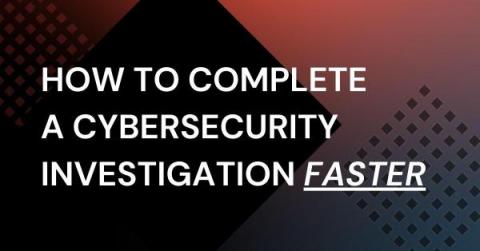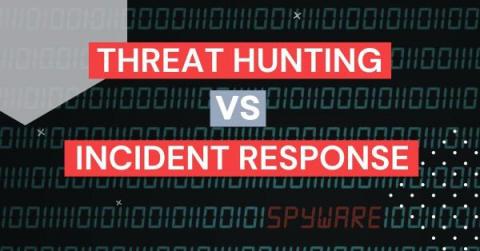5 Best Practices for Building a Cyber Incident Response Plan
You’ve probably heard the Boy Scout motto, “be prepared.” In his 1908 handbook, Scouting for Boys, the author explained, “it shows you how you must be prepared for what is possible, not only what is probable.” Your cyber incident response plan is how you prepare for a possible, and, also in today’s world, probable security incident or data breach. Unfortunately, since every organization is different, no single plan will work for everyone.











